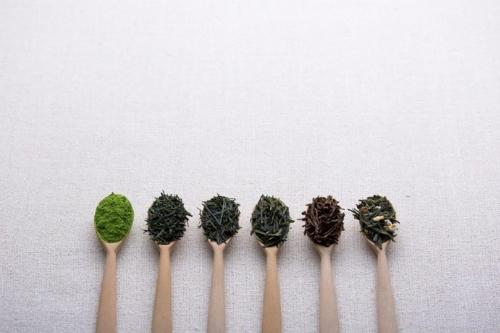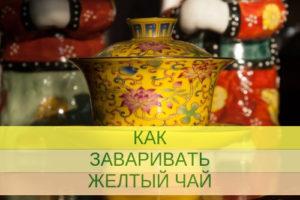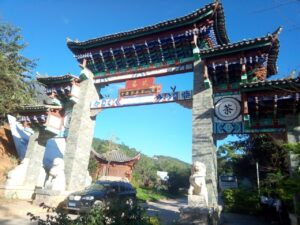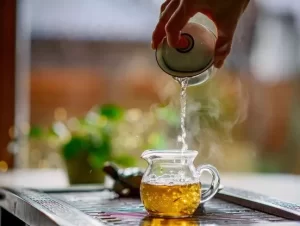from left to right: matcha, tamaryokucha, sencha, gyokuro, hojicha, genmaicha.
How tea is grown and harvested
Japan produces mainly green teas from the leaves of the tea bush family Camellia sinensis.
The tea bush varieties used are Yabukita, Okuhikari, Sayamakaori.
Fermented teas such as Japanese oolong, puerh or kocha (black tea) are a rare exception. The percentage of production and consumption of these teas is not significant.
GREEN tea 茶
The main locations where tea bushes grow in Japan are the Uji area near Kyoto, Kumamoto prefecture,Saga, Shizuoka and Fukuoka.
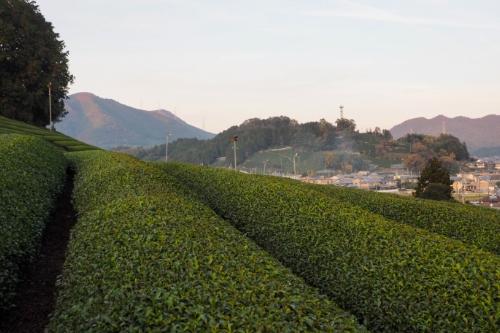
The buds and upper leaves are hand-harvested only for the high-end Gyokuro and Tencha teas. Tencha is the raw material for the production of matcha tea of different categories.
Leaf picking for other types of tea is nowadays mechanized. Farmers use tea mowers with a bag attached to them, thus speeding up the picking process considerably.
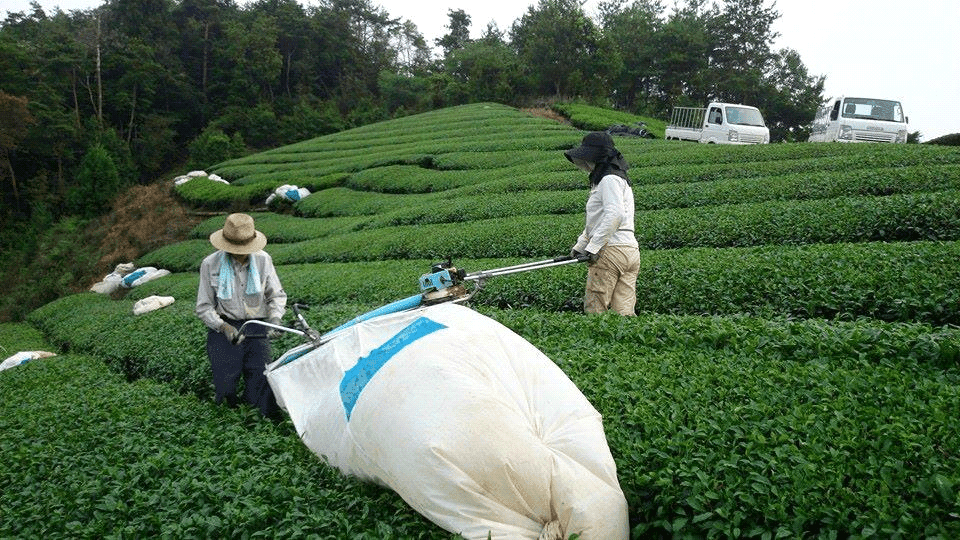
For the production of green (non-fermented) tea, the Japanese 蒸し製 method of stopping fermentation by steaming the raw material with hot steam is used. Next, the tea leaves and stems are dried with tossing in the process. This step is also most often automated. During drying, the leaves break under their own weight and twist slightly. This is why Japanese teas are often called “cut tea”, but it is more accurate to say that it is “broken tea”. When brewing, you will not see a whole tea leaf or even a bud and two leaves, as is the case with some Chinese teas.
The advantage of this method of production is the quick brewing and rich flavor of the drink.
Green tea is categorized into different types depending on where it grows, when it is picked (first, second, etc.), the part of the leaf used, and the method of production and cultivation.
Thus, the tea leaves for Gyokuro, Tencha, Warakakecha, Kabusecha, Matcha are shaded with mats, rice straw or black plastic on the sunniest and hottest days. This tea is characterized by the particular softness of the leaves and the flavor has a pronounced sweetness.
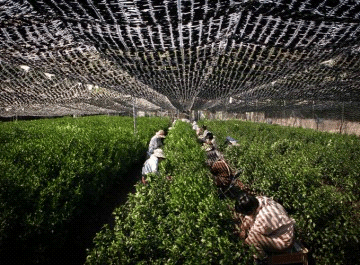
Shading is quite labor intensive and the other tea varieties grow under direct exposure to the sun. These are Sencha, Bancha, Tamaryokucha varieties.
Depending on the time and degree of steaming the sheet is divided:
- Asamushi (浅蒸し) weakly steamed 20-30 second tea.
- Chumushi (中蒸し) medium steaming for up to 30-40 seconds. Traditionally used for several centuries.
- Fukamushi (深蒸し) deep steaming for 2-3 minutes. Makes the leaf very brittle, but it brings out the flavor and aroma in the drink faster. A recent method of steaming.
Depending on the sorting of the steamed and dried raw materials, Sencha or Gyokuro tea is made from whole twisted leaves. From whole large and flat tea leaves – Atamacha, from stems – Kukicha (Karigane), from buds – Mecha, from crumbs – Konacha.
Additional processing produces tea:
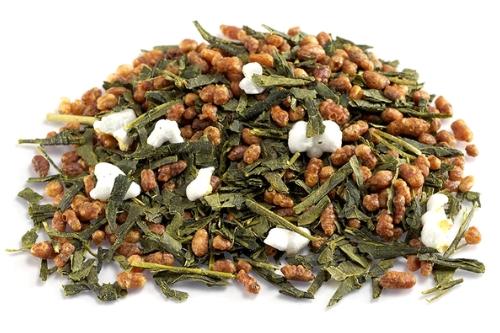
Genmaicha ( 玄米茶 ) is a tea made by mixing roasted, unpeeled rice grains with Sencha or Bancha tea. It has a very pleasant flavor with roasted notes.
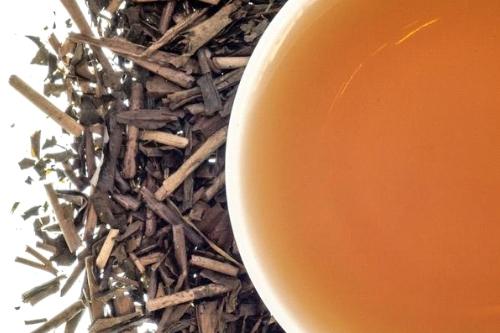
Hojicha ( ほうじ茶 ) is hai roasted over high heat, which gives the drink a smoky flavor. Hojicha is usually made with bancha, which is tea that is not first picked. It has a light flavor, so it is best suited for consumption in the afternoon. Often at Japanese fairs hojicha is roasted in front of you in huge cylindrical ovens, continuously rotating. It is excellent for warming up in cold weather.
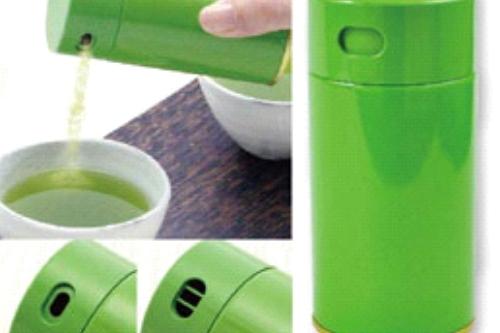
Funmatsucha ( 粉末茶 ) is a powdered, 100% natural tea. Like matcha, it is obtained by grinding the tea leaves with stone millstones, only common teas (such as sencha) are used as raw material for Funmatsuchi. It is very easy to brew: just pour 0.5 grams of Funmatsucha into a cup, pour hot water, stir – and the tea is ready! In Japan, funmatsucha is the most popular drink in sushi bars.
How to brew Japanese tea
To brew Japanese loose tea, you will need a kyusu kettle with a side handle. These teapots come in volumes from 100 to 300 ml.
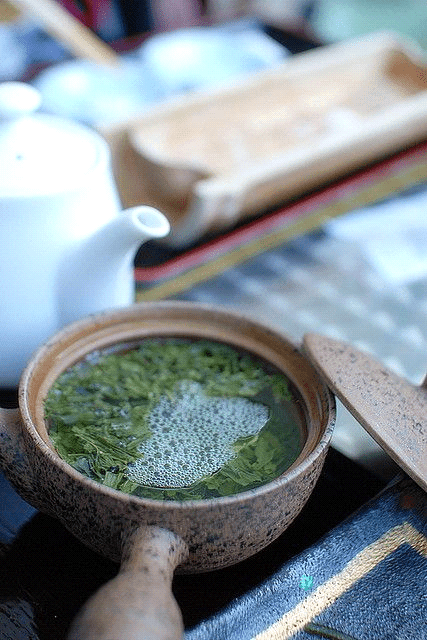
You can use a gaiwan or your usual teapot. Japanese teas are not brewed in spills. Often the required temperature and amount of brew per 100 ml of water is indicated on the tea package. Thus, for sencha, hojicha, genmaicha teas, 90-100 degrees water is used. The brew is put into a heated kyusu kettle at the rate of 3 grams per 100 ml of water per person. Then the infusion is drained after 30 s or one minute.
In summer, tea is often drunk with ice. For brewing take 4 grams of tea per 100 ml of hot water and infuse for a minute. Then it is consumed in bowls with ice. For drinking tea use ceramic bowls 200 ml, similar in shape to glasses. Interestingly, about 100 ml of tea is poured into such a bowl, pouring tea to the brim is considered impolite. At home, you can try brewing tea by repeated pouring. Usually tea holds 2-3 spills, depending on the quality. But the Japanese rarely do this. There will be no rice flavor in genmaicha when re-brewed.
We will discuss how to drink and brew matcha tea separately.Logically, the less steamed your tea is, the longer it takes to brew. On average – no more than two minutes.
For Gyokuro tea and other shade-grown varieties, the water temperature should be lower. Usually 60-70 degrees. There are varieties brewed with even less hot water.
In a kyusa, you put 2-3 grams of dry tea per 100 ml of water. A bamboo spoon is often used to measure the amount of raw material needed.
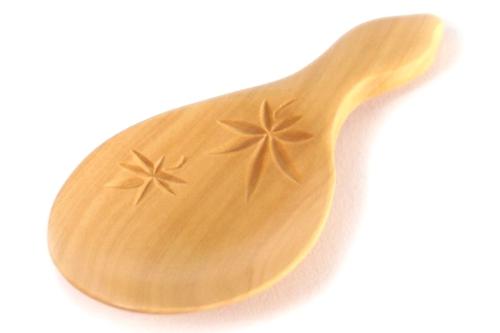
Sencha ( 煎茶 ) is Japan’s most popular tea (75% of all tea is produced and consumed). The young tea leaves are plucked in early spring or early summer, steamed, twisted and dried in the shape of flat needles. The tea has a wonderful combination of sweet-tart taste, subtle aroma and pleasant green color. It retains its flavor in the mouth for a long time, refreshing and invigorating.
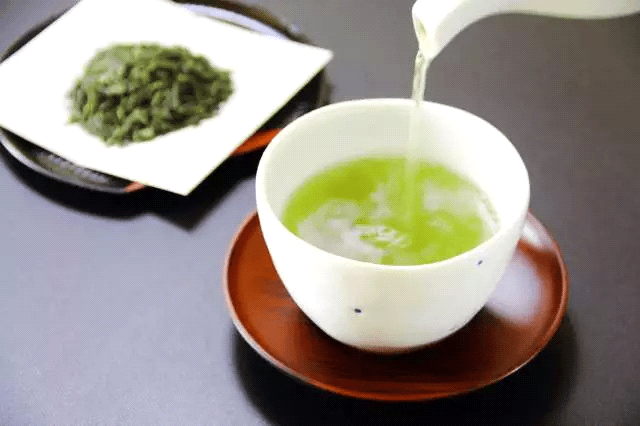
Tamaryokucha ( 蒸し玉緑茶 ) is a tea produced in the same way as Sencha, except that there is no leaf grinding process at the final stage of production, so the tea is shaped as slightly curled balls rather than needle-shaped like Sencha.
Bancha ( 番茶 ) – The leaves for Bancha are selected from the coarser Sencha tea leaves or picked in late summer or fall. Therefore, Bancha tea has a less intense and lighter flavor. The tea is rich in amino acids, polyphenols and polysaccharides and is good for children and the elderly. Often contains parts of tea stems and leaves in the raw material.
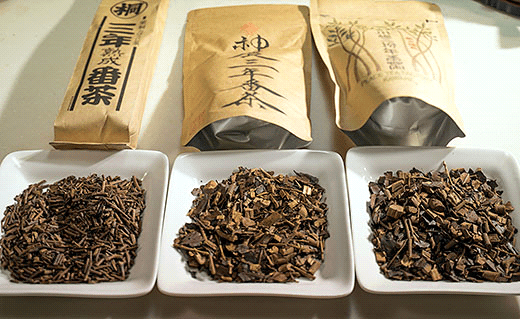
Gyokuro (玉露茶), meaning “pearl drop” in Japanese, is a tea of the highest quality. In mid-April, when the leaves have not yet formed and are in bud, the tea bushes are covered with rice mats on the top and sides for the last twenty days before picking to protect them from direct sunlight. The closed form of cultivation, helps to increase the amino acid content of the tea leaves. The theanine produced by the roots of the tea bush accumulates in the leaves without being converted to catechin by sunlight, giving Gyokuro tea, unlike Sencha, more sweetness and less astringency. The tea has a pale green color, a sweetish taste and a distinctive aroma. It is traditionally drunk in small portions and small sips.
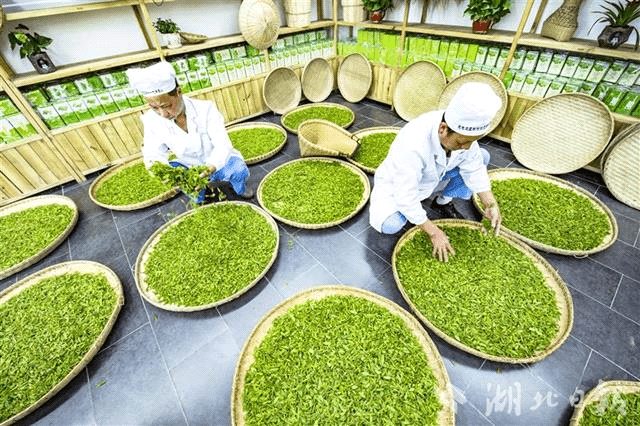
It is sold in packs of 50-75 grams, whereas sencha is sold in packs of 150 grams.
Kabusecha ( かぶせ茶 ) – tea is produced from the leaves of tea bushes covered with a film.Tea bushes are shaded from the top, the sides are not shaded.
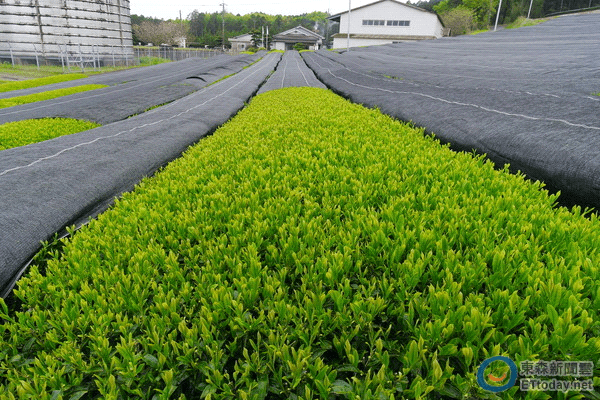
Warakakecha ( わらかけ茶 ) is tea made from tea bush leaves covered with straw.
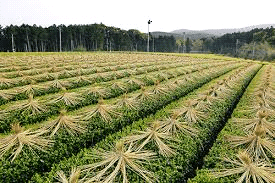
Tencha ( 碾茶 ) – The newly budded buds and upper leaves of Gyokuro tea are picked, steamed, and dried without breaking. When dried, only parts of the leaf without the middle coarse vein are separated. Tencha is rarely sold in its original form because it serves as a raw material for the production of powdered Matcha tea. In dried leaf form, the tea is stored from spring to fall. It is then ground with stone millstones to produce Matcha.
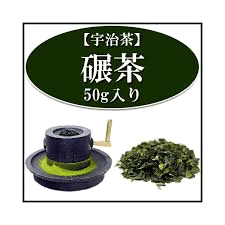
Matcha ( 抹茶 ) is a powdered green ceremonial tea. It is produced by grinding Tencha tea with granite millstones. It is used in the Japanese tea ceremony to prepare koicha and usuchiya tea by whipping with a bamboo whisk. In most factories, an electric motor is attached to the stone millstones. In an hour, one millstone grinds about 40 grams of tea. It works for 45 minutes and rests for 15 minutes. As the millstone heats up and its temperature changes during operation, a break is required.
Matcha tea is indeed very labor intensive to produce. It can also vary greatly in flavor depending on the plantation and production.
In future articles, we will take a closer look at the “Way of Tea” of Sencha-do and Sa-do. Stay tuned for our updates.
Author Anna Nazarenko, specially for the website cha.com.ua
